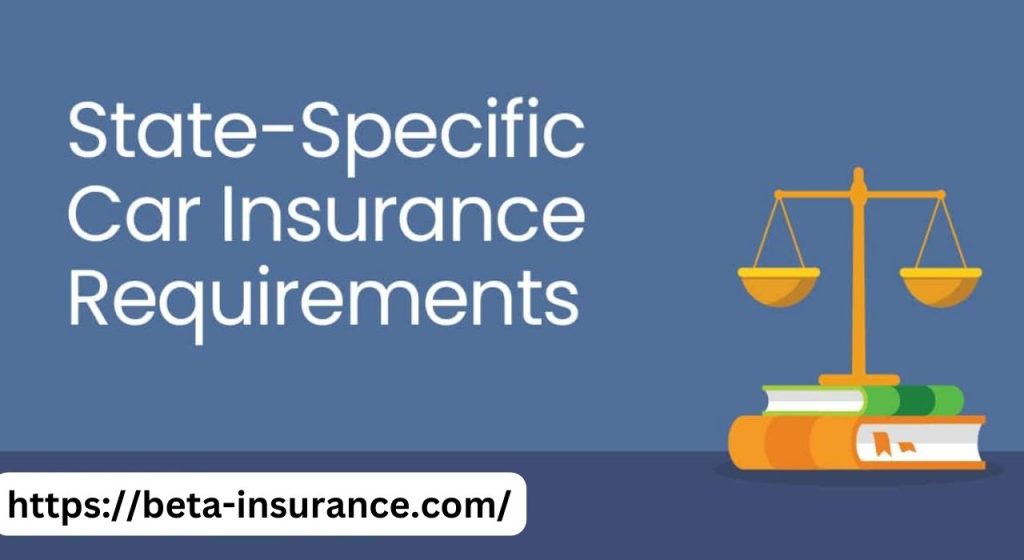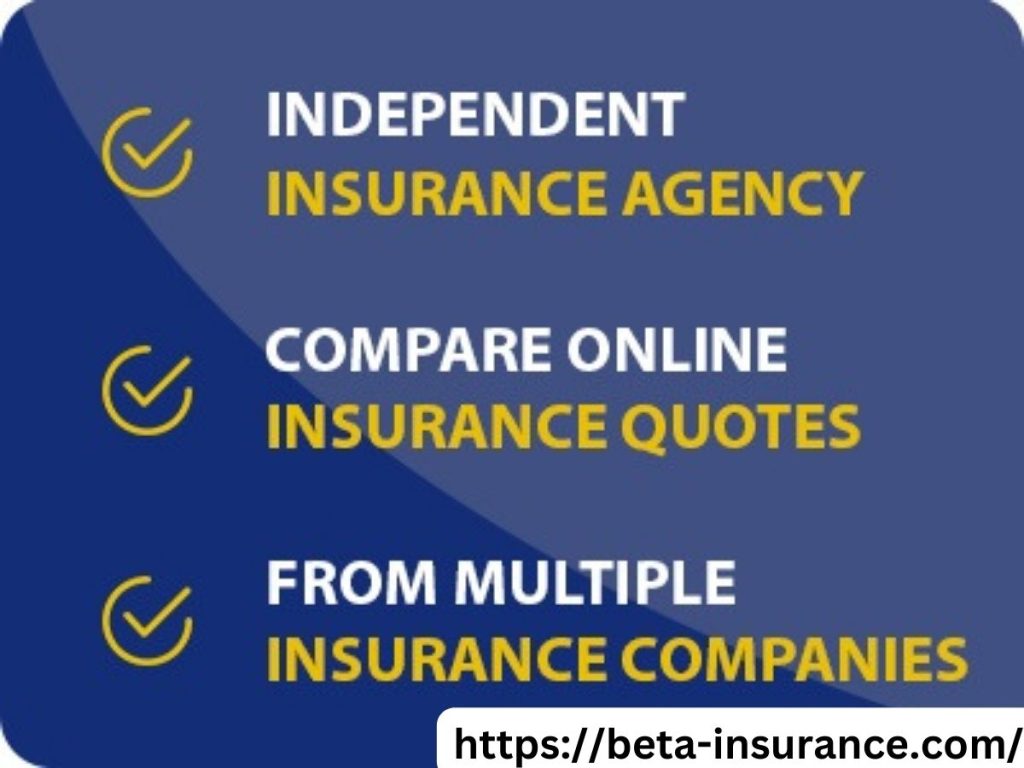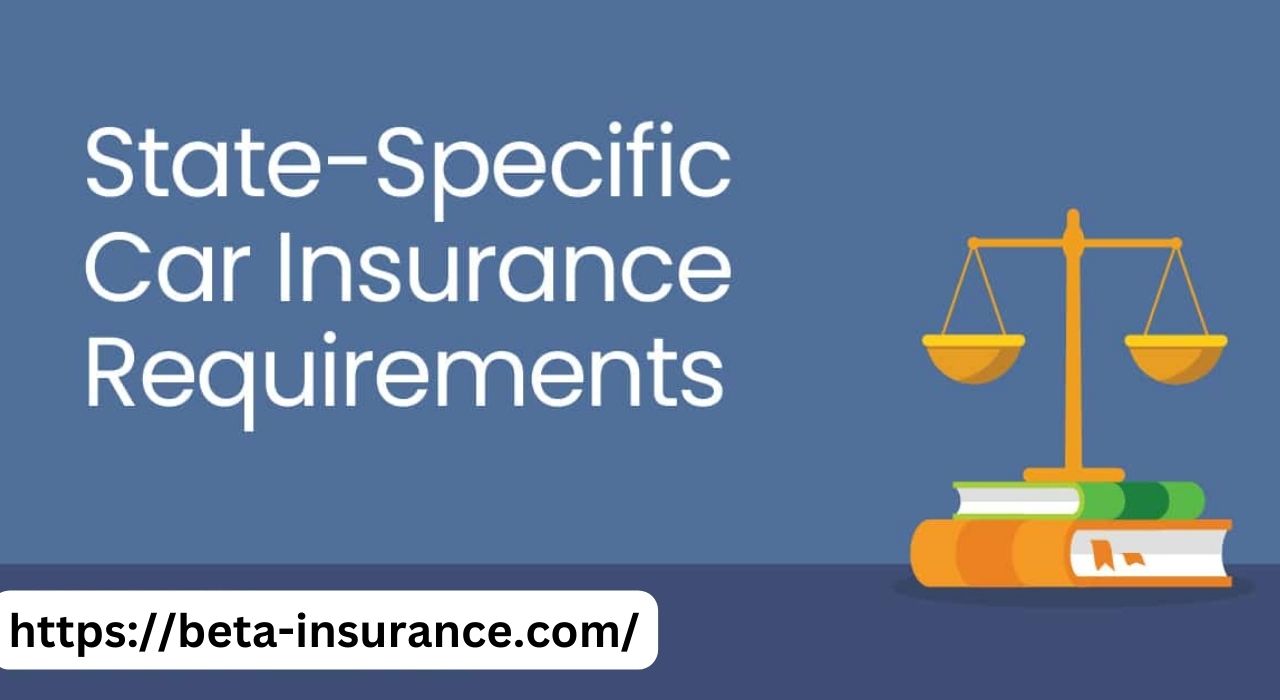Introduction
Collision protection is an indispensable part of mindful vehicle proprietorship(State-specific auto insurance requirements), and understanding the particular necessities commanded by each state is significant for drivers. In this exhaustive aide, we will dig into the complexities of state-explicit collision protection necessities, investigating the varieties across the US and giving bits of knowledge to assist drivers with exploring the assorted scene of protection guidelines.
I. The Establishment:
Defined Liability Coverage All states require liability coverage as part of their auto insurance requirements. This inclusion is intended to pay for wounds and property harm supported by others in a mishap for which the guaranteed driver is to blame. Bodily injury liability and property damage liability are the two primary components of liability coverage.
Least Risk Cutoff points
Each state sets its base risk inclusion limits, demonstrating the most minimal measure of inclusion a driver should convey. A state might, for instance, mandate that motorists carry liability insurance with limits of 25/50/25—that is, $25,000 for bodily injury per person, $50,000 for bodily injury per accident, and $25,000 for property damage.
II. Uncovering the Widespread
Variations in Liability Limits Despite the Consistency of Liability Coverage, State-by-State Variations in Minimum Limits A few states have moderately low essentials, while others require more elevated levels of inclusion to guarantee sufficient security for mishap related costs.
Factors Impacting Least Cutoff points
A few variables impact the assurance of least risk limits in each state, including the cost for most everyday items, normal clinical costs, and the pervasiveness of high-esteem vehicles. Minimum liability requirements are frequently higher in states with higher medical and living costs.

III. No-Shortcoming versus To blame States
Figuring out Issue in Car Collisions
States are named either no-shortcoming or to blame, affecting how protection claims are taken care of in the repercussions of a mishap.
No-Shortcoming States
In no-shortcoming states, drivers go to their own protection suppliers to cover clinical costs and other financial misfortunes, paying little mind to who is to blame for the mishap. No-issue frameworks intend to smooth out the cases cycle and keep away from extensive fights in court.
To blame States
In to blame expresses, the party liable for the mishap is monetarily answerable for the clinical costs and monetary misfortunes of the other party or gatherings included. Claims must be settled by determining who is to blame, which frequently results in legal arguments and investigations.
IV. Uninsured and Underinsured Driver Inclusion
Security Against Uninsured Drivers
Many states command uninsured driver inclusion to safeguard drivers in case of a mishap with a uninsured or underinsured driver. This inclusion assists pay for clinical costs and property with harming when the to blame driver needs sufficient protection.
Minimum Limits for Uninsured Motorist Coverage In most states, minimum limits for uninsured motorist coverage are comparable to those for liability coverage. For instance, a state could order inclusion with cutoff points of 25/50 for uninsured driver substantial injury.
V. Extra Inclusion Choices and Prerequisites
Past Responsibility and Uninsured Driver Inclusion
While responsibility and uninsured driver inclusion are ordinarily required, a few states command extra inclusion choices. These may incorporate individual injury assurance (PIP), clinical installments inclusion, and, surprisingly, explicit prerequisites for high-risk drivers.
Individual Injury Security (PIP)
In states with no-shortcoming frameworks, PIP inclusion is many times required. PIP helps cover clinical costs and other monetary misfortunes for the policyholder and travelers, paying little mind to blame.
Clinical Installments Inclusion
A few states require or offer clinical installments inclusion, which pays for clinical costs coming about because of a mishap, paying little heed to blame. Medical payments coverage may differ from PIP in some ways, depending on state regulations.
High-Hazard Driver Necessities
Certain states force extra protection prerequisites for high-risk drivers, like those with a background marked by mishaps or criminal traffic offenses. These necessities might incorporate higher obligation limits or the need to record a SR-22 structure as verification of monetary obligation.

VI. The Job of Extensive and Crash Inclusion
Discretionary Inclusions with Advantages
Extensive and crash inclusion are discretionary yet helpful inclusions that safeguard the guaranteed vehicle.
Comprehensive Coverage Damage to the insured vehicle resulting from non-collision events like theft, vandalism, or natural disasters is covered by comprehensive coverage. While not normally commanded by states, loan specialists might require it for funded vehicles.
Crash Inclusion
Crash inclusion pays for harm to the safeguarded vehicle in case of an impact with another vehicle or item. Like thorough inclusion, impact inclusion might be expected by banks for funded vehicles.
VII. State-Explicit Essentials and One of a kind Necessities
Featured State-Explicit Varieties
While there are shared traits, each state has its interesting accident protection prerequisites and guidelines.
No Essentials in New Hampshire
New Hampshire is the main express that doesn’t order collision protection. In any case, drivers in New Hampshire are still monetarily liable for harms they cause in a mishap.
Personal Responsibility in Virginia Drivers can choose to pay an uninsured motorist fee instead of paying for insurance in Virginia. This expense fills in as verification of monetary obligation, featuring the state’s accentuation on moral obligation regarding drivers.
VIII. Factors Affecting Collision protection Necessities
Socioeconomics and Traffic Patterns
Segment factors and traffic patterns assume a huge part in molding collision protection prerequisites. States with high populace thickness and weighty traffic might have unexpected prerequisites in comparison to those with lower populace thickness.
Auto insurance requirements are influenced by a state’s economic landscape, which includes average income levels and living costs. States with higher living expenses might draw higher least responsibility lines for guarantee sufficient inclusion.
IX. Consistence and Punishments
Implementing Accident protection Necessities
States utilize different techniques to guarantee consistence with accident protection necessities. Requiring proof of insurance during registration, traffic stops, or after an accident is a common tactic.
Punishments for Rebelliousness
Punishments for rebelliousness with collision protection necessities shift by state and may incorporate fines, permit suspension, vehicle impoundment, or different outcomes. Habitual perpetrators might have to deal with additional serious damages.
X. The Role of Insurance(State-specific auto insurance requirements)
Verification Systems in Technology
Technology advancements in verification In some states, insurance verification systems have been implemented. These frameworks utilize electronic data sets to check protection inclusion, giving an additional proficient and exact method for guaranteeing consistence.
Advantages and Difficulties of Check Frameworks
Protection check frameworks offer advantages like continuous observing and decreased regulatory weight. However, challenges include the need for robust cybersecurity measures to safeguard sensitive information and privacy concerns.
XI. The Effect of Coronavirus on Accident protection Guidelines
Impermanent Changes In light of the Pandemic
The Coronavirus pandemic provoked a few states to change collision protection guidelines for a brief time. Measures like premium discounts, elegance periods for premium installments, and virtual vehicle examinations were carried out to facilitate the monetary weight on policyholders.
Changes in the Long Run Despite the fact that many of these changes were only temporary, the pandemic brought to light the possibility of long-term changes in the way auto insurance is regulated and administered. Remote work patterns and changes in driving way of behaving may impact future guidelines.
XII. Ways to explore State-Explicit Prerequisites
Remain Informed and Refreshed
Collision protection necessities can change, so it’s critical for drivers to remain informed about the guidelines in their state. Routinely check for refreshes on state protection division sites or talk with protection experts.
Comprehend Interesting State Highlights
Each state might include extraordinary highlights or choices inside its collision protection guidelines. Drivers can make better decisions and ensure that they comply with all legal requirements with the assistance of an understanding of these nuances.
Audit Inclusion Needs Consistently
While meeting least prerequisites is fundamental, drivers ought to consistently audit their inclusion needs. Factors like changes in pay, family status, or the securing of new resources might warrant acclimations to inclusion levels.
XIII. Conclusion
Exploring the Mosaic of State Accident coverage Prerequisites
All in all, understanding state-explicit accident coverage prerequisites is fundamental for each driver. The different scene of guidelines, going from responsibility inclusion essentials to remarkable state highlights, highlights the significance of informed independent direction. A comprehensive and responsible approach to auto insurance is aided by drivers staying up to date, comprehending the specifics of each state, and regularly reviewing coverage requirements. Drivers can ensure compliance, financial security, and peace of mind on the road by decoding state-specific regulations.
